(20639 products available)








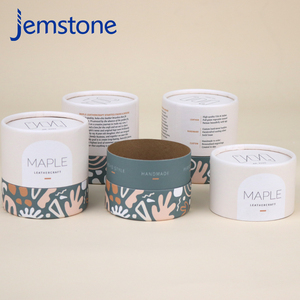
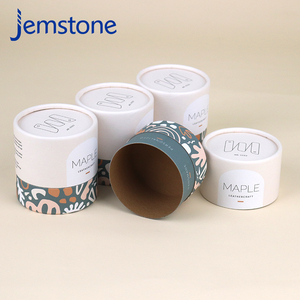







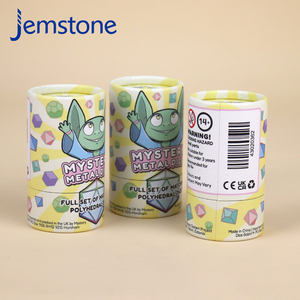





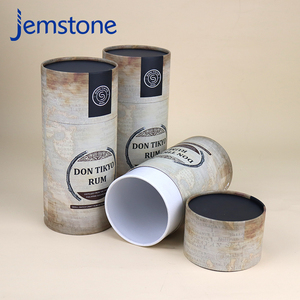
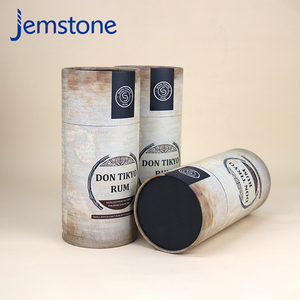













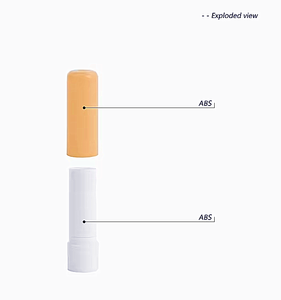


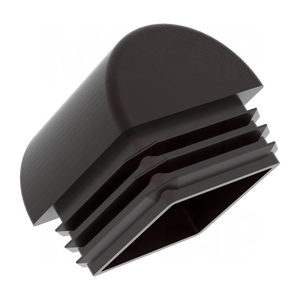




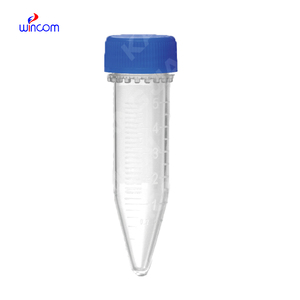





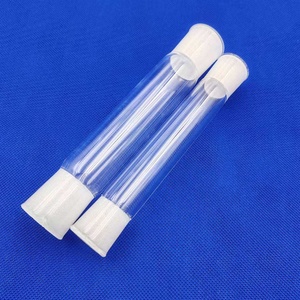



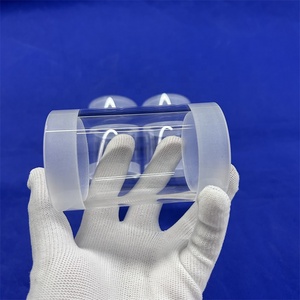



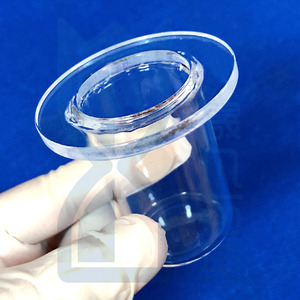
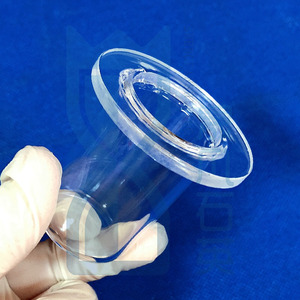
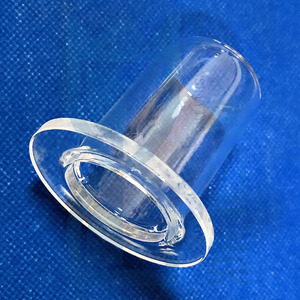
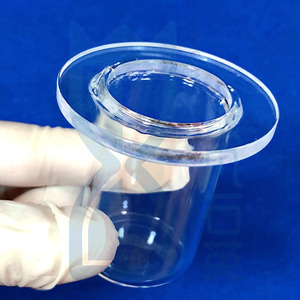





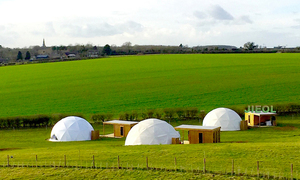




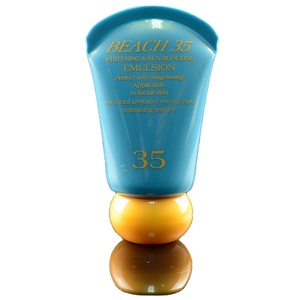













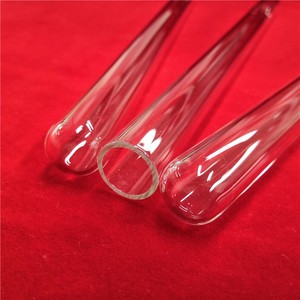
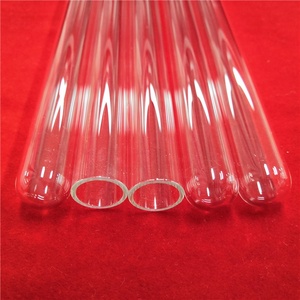


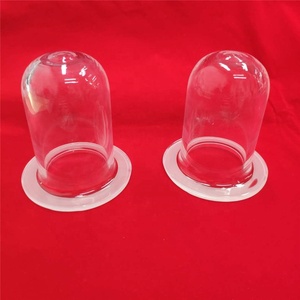



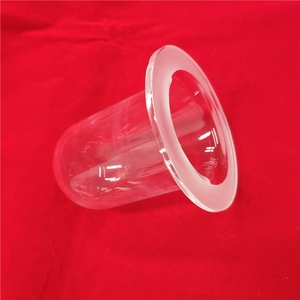
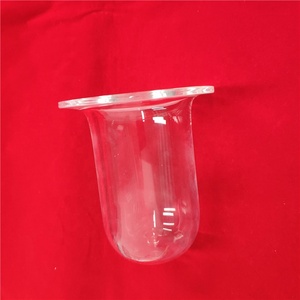

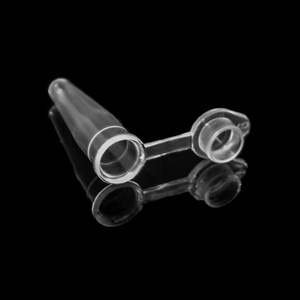
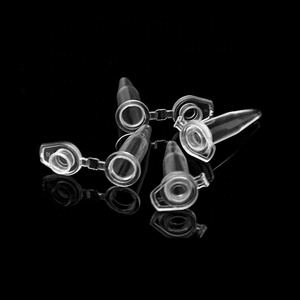

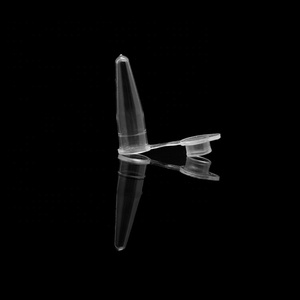

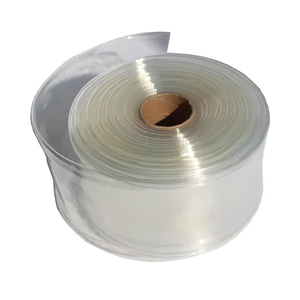










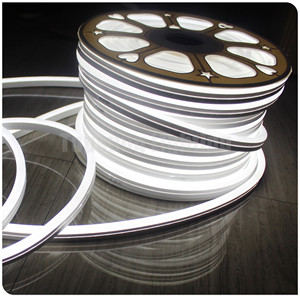

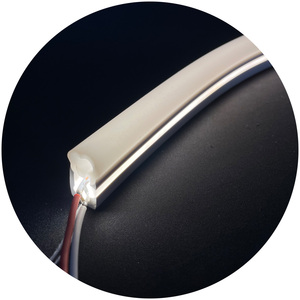
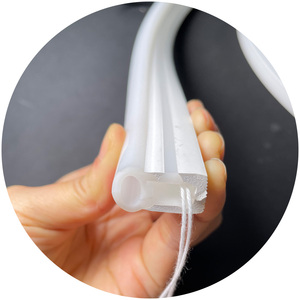
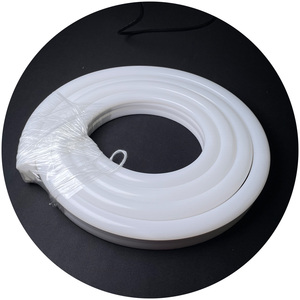
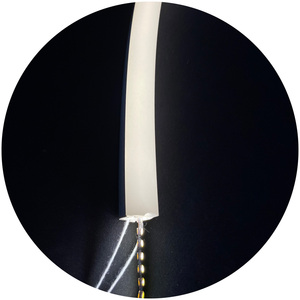






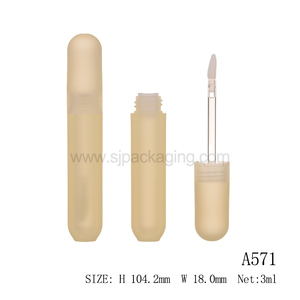



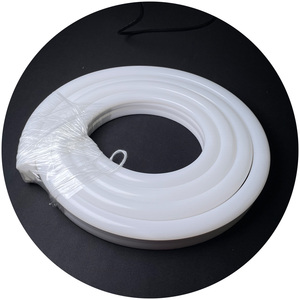
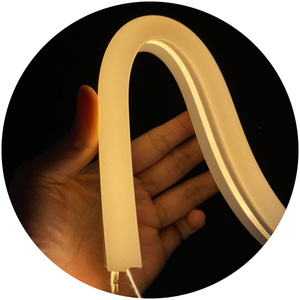
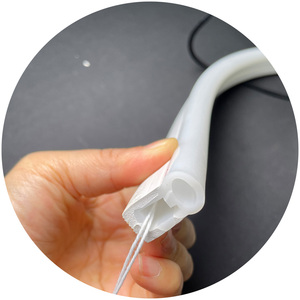

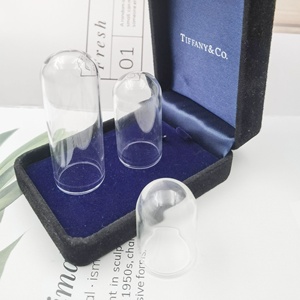







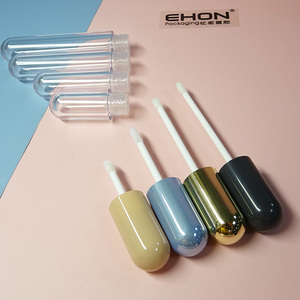













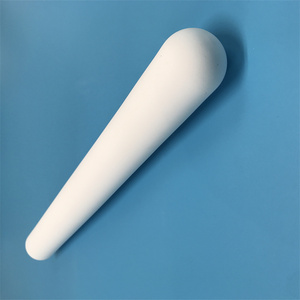


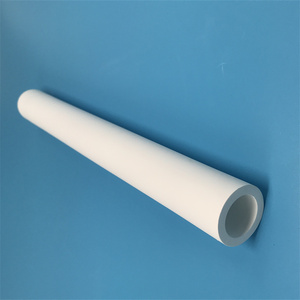

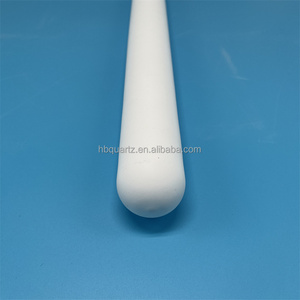



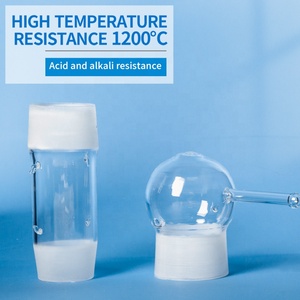



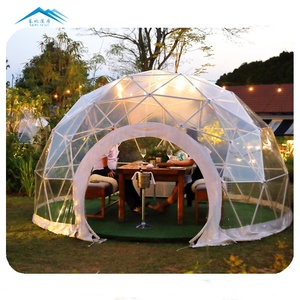


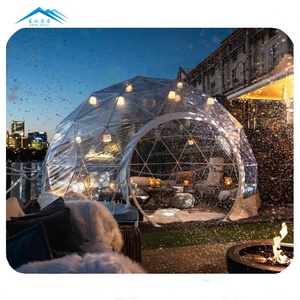

domed tube are integral components in various industries, offering solutions for fluid transportation and structural support. These tubes are crafted from aluminum, a non-ferrous metal known for its lightweight nature and excellent resistance to corrosion. domed tube are favored for their versatility and durability, making them an ideal choice for applications ranging from plumbing and HVAC systems to automotive and aerospace engineering. Their ability to withstand high pressure and temperature variations makes them indispensable in environments where reliability is paramount. As industries evolve, the demand for domed tube continues to grow, driving advancements in design and manufacturing techniques.
The diversity of domed tube available is vast, catering to a multitude of specific applications. Common types include seamless aluminum pipes, welded aluminum pipes, and extruded aluminum pipes. Seamless pipes are valued for their uniform strength and are often used in high-pressure situations such as hydraulic systems. Welded pipes, formed by joining pieces of aluminum, are typically used in applications where flexibility is needed, such as in complex piping networks. Extruded aluminum pipes are created by forcing aluminum through a die, resulting in consistent dimensions and high precision, ideal for structural components in engineering projects. Each type of domed tube is engineered to meet distinct requirements, ensuring optimal performance and reliability.
domed tube offer a range of functionalities that make them essential in various sectors. They provide efficient transportation of fluids, gases, and even solids, thanks to their smooth interior surfaces which minimize friction and resistance. Features such as lightweight construction, high thermal conductivity, and excellent corrosion resistance enhance their usability. The lightweight nature of domed tube reduces the overall system weight, which is particularly beneficial in aerospace and automotive applications. High thermal conductivity ensures efficient heat transfer, making them suitable for heating and cooling systems. Moreover, their resistance to corrosion extends their lifespan, especially in environments exposed to moisture or chemicals.
The production of domed tube involves the utilization of high-grade aluminum alloys, each offering unique properties to suit various applications. Common alloys used include 6061, 6063, and 3003, known for their strength, machinability, and corrosion resistance. Additives such as silicon, magnesium, and copper are incorporated to enhance the mechanical properties of the pipes. Silicon improves strength and reduces brittleness, magnesium offers better corrosion resistance, while copper enhances thermal conductivity. The choice of alloy impacts the pipe's ability to handle pressure, temperature, and environmental conditions, allowing manufacturers to tailor domed tube for specific industrial needs. As sustainability becomes a priority, recycled aluminum is increasingly used, reducing environmental impact while maintaining quality.
Using domed tube effectively requires understanding their specifications and matching them to the application requirements. Selecting the appropriate type and alloy of pipe based on the pressure, temperature, and environmental conditions is crucial. Ensure proper installation to prevent leaks and maintain system integrity, especially in fluid transportation applications. In structural uses, consider the load-bearing capacity and ensure adequate support to prevent deformation. Regular maintenance, including inspection for corrosion and physical damage, can extend the lifespan of domed tube and ensure optimal performance. Educating users on the benefits of aluminum and promoting recycling practices can further enhance sustainability efforts within industries utilizing these versatile pipes.
When selecting domed tube, it's essential to consider the specific requirements of your application. One of the primary factors is the environment in which the pipes will be used. For instance, exposure to moisture or chemicals may necessitate pipes with enhanced corrosion resistance. The pressure and temperature conditions also play a crucial role in determining the appropriate grade and thickness of the aluminum. Seamless pipes, with their uniform strength, are often preferred in high-pressure applications, whereas welded pipes might be more suitable for less demanding environments. By aligning these factors with the characteristics of domed tube, optimal performance and longevity can be achieved.
Another consideration is the dimensions and specifications of domed tube. Depending on the intended use, you may require pipes with specific diameters, wall thicknesses, or lengths. Customization in these areas can ensure that the pipes fit seamlessly into existing systems or structures. Additionally, the choice between different alloys, such as 6061 or 6063, can influence the pipe's machinability and strength, making it vital to match the alloy to the application's demands. Understanding the mechanical properties of each alloy will help in making an informed decision on the most suitable domed tube.
As industries become increasingly conscious of their environmental footprint, the sustainability of domed tube is a significant consideration. Aluminum is known for its recyclability, and using recycled materials can substantially reduce environmental impact. Manufacturers are adopting practices that minimize waste during production, further enhancing the sustainability of these pipes. The lightweight nature of aluminum also contributes to reduced energy consumption during transport and installation, making domed tube a favorable choice for eco-friendly projects. By prioritizing sustainability, industries can align with global initiatives aimed at reducing carbon emissions and promoting responsible resource management.
The choice of alloy in domed tube is influenced by the application's specific requirements, such as strength, corrosion resistance, and machinability. Different alloys offer varying levels of these properties, making it crucial to select one that aligns with the environmental conditions and mechanical demands of the intended use.
Customization of domed tube can involve altering dimensions such as diameter and thickness, as well as choosing specific alloys to meet unique application needs. This flexibility allows for seamless integration into existing systems and structures, ensuring optimal performance.
Using recycled aluminum in the production of domed tube reduces environmental impact by conserving resources and minimizing energy consumption. Recycled materials maintain the quality and performance standards required for industrial applications, making them a sustainable choice.
Regular inspections for corrosion and physical damage are essential maintenance practices for domed tube. Ensuring proper installation and addressing any leaks or structural issues promptly can extend the lifespan and maintain the integrity of the piping systems.
Yes, domed tube are suitable for high-pressure systems, particularly when seamless pipes are used. Their uniform strength and ability to withstand pressure variations make them reliable components in hydraulic and other demanding applications.